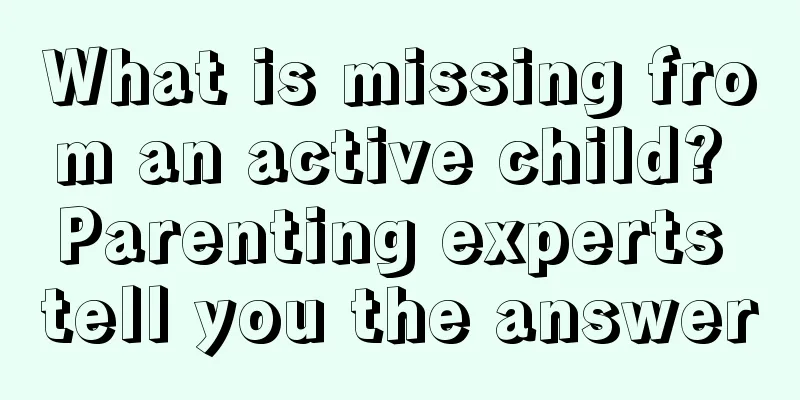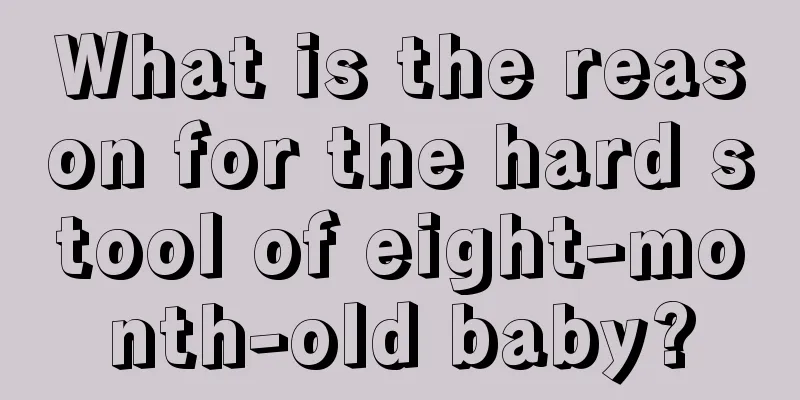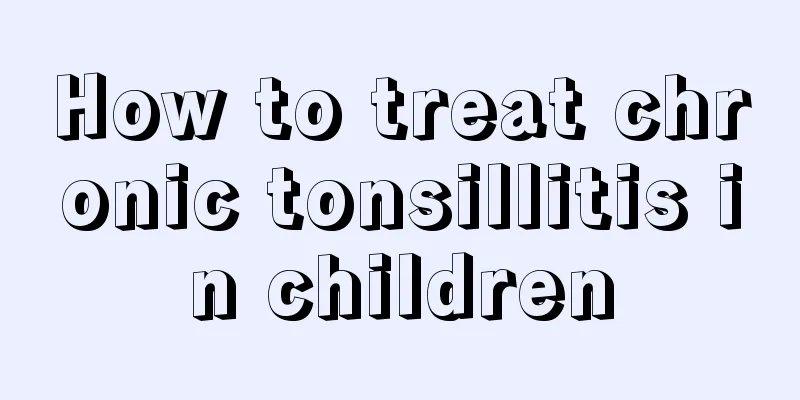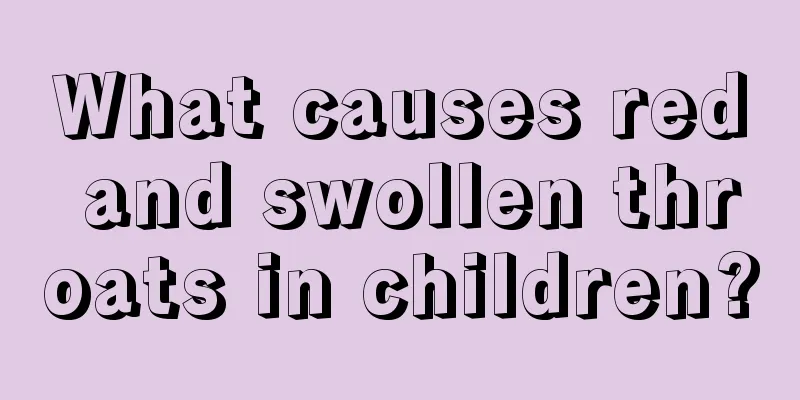What to do if your child pouts

|
Pouting eyes mostly occurs in adults, but what should we do if children pout their eyes? Pouting eyes is a symptom of eye inflammation, with protrusions like rice grains. If not treated, it will become more serious and become a chronic disease. To eliminate pouting eyes, you can use medication, such as eye drops from Western medicine or application of traditional Chinese medicine. Since children are unaware of the seriousness of their illness, they may not cooperate with treatment and their family members need to be careful. Stye, also known as hordeolum, is called hordeolum or hordeolum in traditional Chinese medicine, commonly known as "stye". It is a common eye disease that anyone can suffer from, and it is more common in young people. This disease is stubborn and prone to relapse, and in severe cases may leave eyelid scars. 1. Causes and onset The meibomian gland is located deep in the eyelid, but opens at the eyelid margin. Bacteria (mainly staphylococci) can enter the sebaceous glands at the root of the eyelashes or the meibomian glands deep in the eyelid through the opening and cause acute suppurative inflammation. The former is called external hordeolum and the latter is called internal hordeolum. The eyelids of healthy people have extremely strong defense capabilities, which can resist the invasion of external bacteria. However, when the body's resistance is weakened (such as malnutrition, lack of sleep or diabetes), it is easy to get sick. The disease may also occur when people suffer from facial inflammation, trachoma, chronic conjunctivitis, excessive eye use, myopia, hyperopia, astigmatism and other eye diseases, and do not wear glasses for correction in time, or when their eyes are tired. If you do not pay attention to eye hygiene and wipe your eyes with unclean hands, towels, handkerchiefs, etc., bacteria will invade the eyelid glands and directly cause styes. (II) Patient’s manifestation 1. External hordeolum: also known as facial furuncle. When it first occurs, the eyelids are red, swollen and painful. A nodule can be felt near the edge of the face, and there is obvious tenderness. After a few days, the nodule softens and purulent, and yellow-white pus heads appear near the roots of the eyelashes. After the pus head ruptures, the pus is discharged, the redness and swelling quickly subside, and the pain is relieved. If the pathogen is highly toxic or the body's resistance to it is reduced, the inflammation will spread from one gland to other glands, forming multiple pus spots, the eyelids will become highly red and swollen, the adjacent conjunctiva will become edematous, and the preauricular lymph nodes will become swollen and painful. Young children and the elderly who are weak may even experience symptoms such as chills and fever. 2. Internal hordeolum: The patient's symptoms are the same as those of external hordeolum. However, because the infected meibomian glands are located in the relatively solid tarsal tissue, the redness and swelling of the eyelids are not as obvious as those of external hordeolum. However, the patient feels more severe pain and the inflammation lasts longer. In the early stage of inflammation, the opening of the meibomian gland becomes congested and bulging. After a few days, yellow pus heads can be vaguely seen on the conjunctival surface of the eyelid. Finally, the pus penetrates the eyelid conjunctiva and discharges into the conjunctival sac. 3. Home care 1. Home medication (1) 0.25% chloramphenicol eye drops, 4 to 6 times a day or 0.1% rifampicin eye drops, 2 to 4 times a day, for eye application. (2) Apply 0.5% tetracycline eye ointment or 0.5% erythromycin eye ointment to eyes 3-4 times a day. (3) For patients with severe symptoms or systemic symptoms such as fever, systemic antibiotics or sulfonamides should be used to control inflammation and prevent spread. If taken orally: Co-trimoxazole, 2 tablets each time, 2 times a day, 4 tablets for the first time. Midecamycin, 0.2 g each time, 3 times a day. Erythromycin, 0.25 g each time, 4 times a day. 2. Chinese medicine and folk remedies (1) Take 30 grams of dandelion and 9 grams of chrysanthemum, decocted in water, twice a day. (2) Mash fresh dandelions and oldenlandia diffusa for external application. (3) Yinqiao Jiedu Pills, 19g each time, twice a day, orally. |
<<: Child's uncoordinated movements
>>: The child has a fever of 39 degrees and is convulsing
Recommend
Why does my child cry before going to bed?
We all know that children are lively and active b...
What are the standard height and weight charts for 1-year-old babies?
When the baby is growing, the standards for each ...
Treatment of bronchiectasis in children
Bronchiectasis in children makes many mothers ver...
How to prevent asthma in children
How to prevent childhood asthma? The onset of chi...
What medicine should children take for lymphadenitis?
Most of the symptoms of lymphadenitis in children...
What to do if your child always bites his lower lip
Many children will often bite their lower lip aft...
Is it normal for a baby to have a long body and short legs as shown by B-ultrasound?
When a woman is pregnant, she will definitely go ...
What are the methods for children to lose weight?
Obesity seems to have become a common problem in ...
What to do if your child has difficulty defecating
We all know that the baby's physical health i...
What should I do if my baby has a cold and a stuffy nose?
Cold is the most common disease, especially durin...
What should I do if a lump appears on the needle hole after vaccination?
As babies grow older, in order to ensure their he...
What to do if your child has oral herpes
Oral herpes in young children can be very painful...
What are the reasons why babies move their hands and feet when they sleep?
Nowadays, children are the apple of every family&...
The timing and care of a baby's belly button falling off
Women who have given birth know that the baby'...
What to do if your 11-month-old baby has indigestion
Babies aged eleven months can already eat some co...









